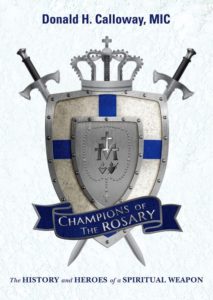Podcast: Play in new window | Download (Duration: 30:56 — 21.3MB) | Embed
Subscribe: Apple Podcasts | Spotify | Amazon Music | Android | Pandora | iHeartRadio | JioSaavn | Podchaser | Gaana | Podcast Index | Email | TuneIn | Deezer | Anghami | RSS | More
Episode 6 – John 2: The Wedding Feast at Cana pt. 2

Picking up from where we left off last week, Sharon takes us to John 1, where we count the days as described by John. Day 1: the Jewish leaders come to visit John in the wilderness wondering if he is Elijah returned or the prophet or even the Messiah. Day 2: Upon seeing Jesus, John cries out, “Behold the Lamb of God, who takes away the sins of the world!” The image of a lamb immediately makes us recall Genesis 22, Abraham’s sacrifice of Isaac. As they climb Mt. Moriah, Isaac notices that they do not have a lamb to sacrifice. Abraham reassures him, promising that God himself will provide the lamb. Just as Abraham is about to kill his son, God stops him and provides a ram for sacrifice. Israel and the rest of the world will have to wait for God’s promise of a sacrificial lamb to be fulfilled by Jesus. The image of a sacrificial lamb can be found elsewhere in scripture: the Passover lamb of Exodus 12; the messianic silent lamb led to slaughter in Isaiah 53; the marriage feast of the lamb in Revelation 19. Day 3: the call of the first disciples, including Andrew and his brother Simon, whom Christ renames Peter. Day 4: the call of Phillip and Nathanael. Sharon breaks open the symbolism behind Jesus’ home town of Nazareth, which means “branch town”, fulfilling the prophecy of Isaiah 11 which predicts that a branch will spring forth from the root of Jesse, and the Spirit of the Lord will rest upon him. Branch imagery is also found in Zechariah 3 which describes “my servant the Branch” who will the remove the guilt of the land in a single day. Then, on the third day after the fourth day, we come to Day 7: the wedding feast of Cana. The verb form of Cana is translated “to create” and it is the same word spoken by Eve when she exclaims that with the Lord’s help, she has created a man, Cain (Gen 4). The wedding feast at Cana is a symbol of a new creation, a new covenant and serves as the backdrop of the mystical marriage: Jesus, the new Adam, enters into a spiritual marriage with Mary, the new Eve, and the fruit of this marriage is the Church. The marriage is consummated at the cross and the church is birthed at Pentecost. By calling his mother “woman”, Jesus brings us back to the woman of Genesis 3:15, whose offspring will crush the head of Satan. Jesus later again calls Mary “woman” as he hangs on the cross, telling her and John the apostle: “Woman behold your son.” John represents the Church and Mary, the woman, is our mother. In this chapter, we are introduced to another of John’s themes: the hour. When Mary tells Jesus that the wine has run out, Jesus responds that his hour has not yet come. Jesus, in his humanity, anticipates the hour of his passion, and knows that this first miracle of turning water to wine will mark the beginning of his road to Calvary. Another theme that runs through John’s Gospel are the Jewish feast days. In this the first of three Passovers found in John’s Gospel, Jesus clears the Temple of merchants and money changers. The true presence of God had been missing from the Temple since the Ark of the Covenant was hidden away by Jeremiah (2 Mac 2). The true presence of God has now returned to the temple and Jesus predicts his passion: Jesus’ body, the new temple, will be raised in three days after his death.
Sharon Doran serves as the teaching director of “Seeking Truth.” An experienced Bible Study teacher, Sharon has a passion for scripture that will motivate and challenge you to immerse yourself in God’s Word and apply His message to your everyday life.
For more in this series visit the Seeking Truth with Sharon Doran Discerning Hearts page
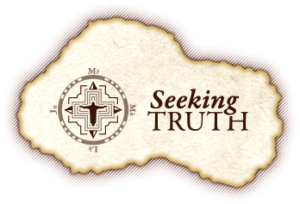 “Seeking Truth” is an in-depth Catholic Bible Study, commissioned by the Archdiocese of Omaha in response to John Paul II’s call to the New Evangelization as well as Pope Benedict XVI’s exhortation for all Catholics to study scripture. To learn more go to www.seekingtruth.net
“Seeking Truth” is an in-depth Catholic Bible Study, commissioned by the Archdiocese of Omaha in response to John Paul II’s call to the New Evangelization as well as Pope Benedict XVI’s exhortation for all Catholics to study scripture. To learn more go to www.seekingtruth.net

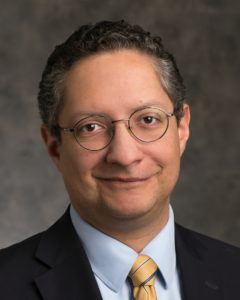 We continue the study of the “
We continue the study of the “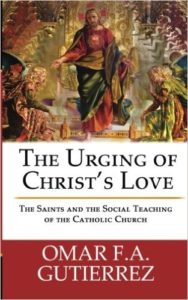

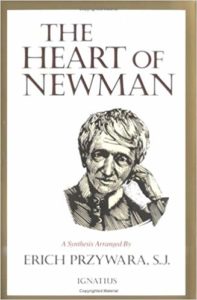
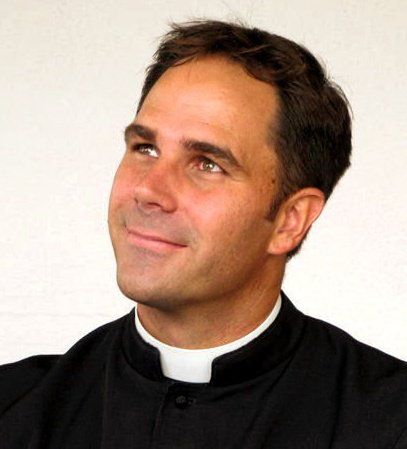 It’s always a delight to talk with Fr. Donald Calloway, particularly when it’s about Our Lady! In “Champions of the Rosary: The History and Heroes of a Spiritual Weapon”, Fr. Calloway proves once again to be one of the Blessed Mother’s great knights in our modern-day spiritual battle. His humble, joy-filled witness is inspiring! Along with the Sacraments of the Church and Sacred Scripture, Fr. Calloway knows exactly what we need to enhance and deepen our experience of grace in these crazy challenging times which we now live in – The Holy Rosary of the Blessed Virgin Mary! For the restless contemplative heart, there is no place better to ponder the presence and mysteries of God than in Our Lady’s “garden of prayer.” In that prayer, she will bring us to encounter Christ, and through Him, with Him, and in Him, the world will be transformed. This fantastic book is like a multi-faceted diamond. In its pages, Fr. Calloway shares the rich history of the Holy Rosary, beautifully pious devotional reflections (with stunning artwork as well), and the stories of those whose lives encourage us to become champions of this devotion as well! This is a must have in every Catholic home and parish!
It’s always a delight to talk with Fr. Donald Calloway, particularly when it’s about Our Lady! In “Champions of the Rosary: The History and Heroes of a Spiritual Weapon”, Fr. Calloway proves once again to be one of the Blessed Mother’s great knights in our modern-day spiritual battle. His humble, joy-filled witness is inspiring! Along with the Sacraments of the Church and Sacred Scripture, Fr. Calloway knows exactly what we need to enhance and deepen our experience of grace in these crazy challenging times which we now live in – The Holy Rosary of the Blessed Virgin Mary! For the restless contemplative heart, there is no place better to ponder the presence and mysteries of God than in Our Lady’s “garden of prayer.” In that prayer, she will bring us to encounter Christ, and through Him, with Him, and in Him, the world will be transformed. This fantastic book is like a multi-faceted diamond. In its pages, Fr. Calloway shares the rich history of the Holy Rosary, beautifully pious devotional reflections (with stunning artwork as well), and the stories of those whose lives encourage us to become champions of this devotion as well! This is a must have in every Catholic home and parish!
